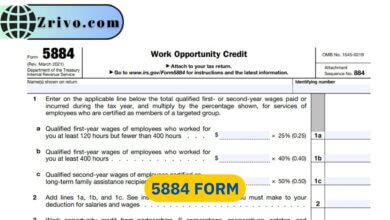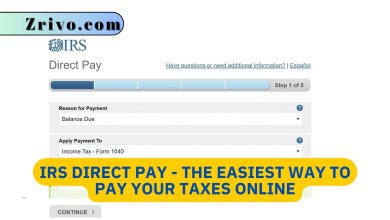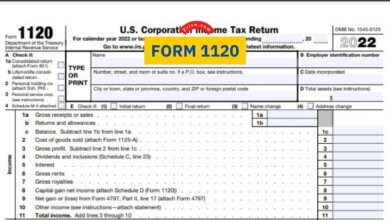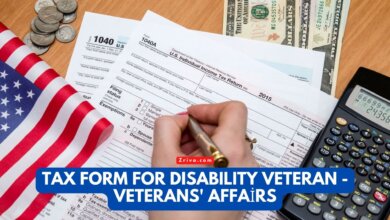Publication 503 2023 - 2024
One of the most beneficial booklets of the IRS' is Publication 503, which details the qualifications for claiming the Child and Dependent Care Credit on your taxes. This article will cover some key points about Publication 503.
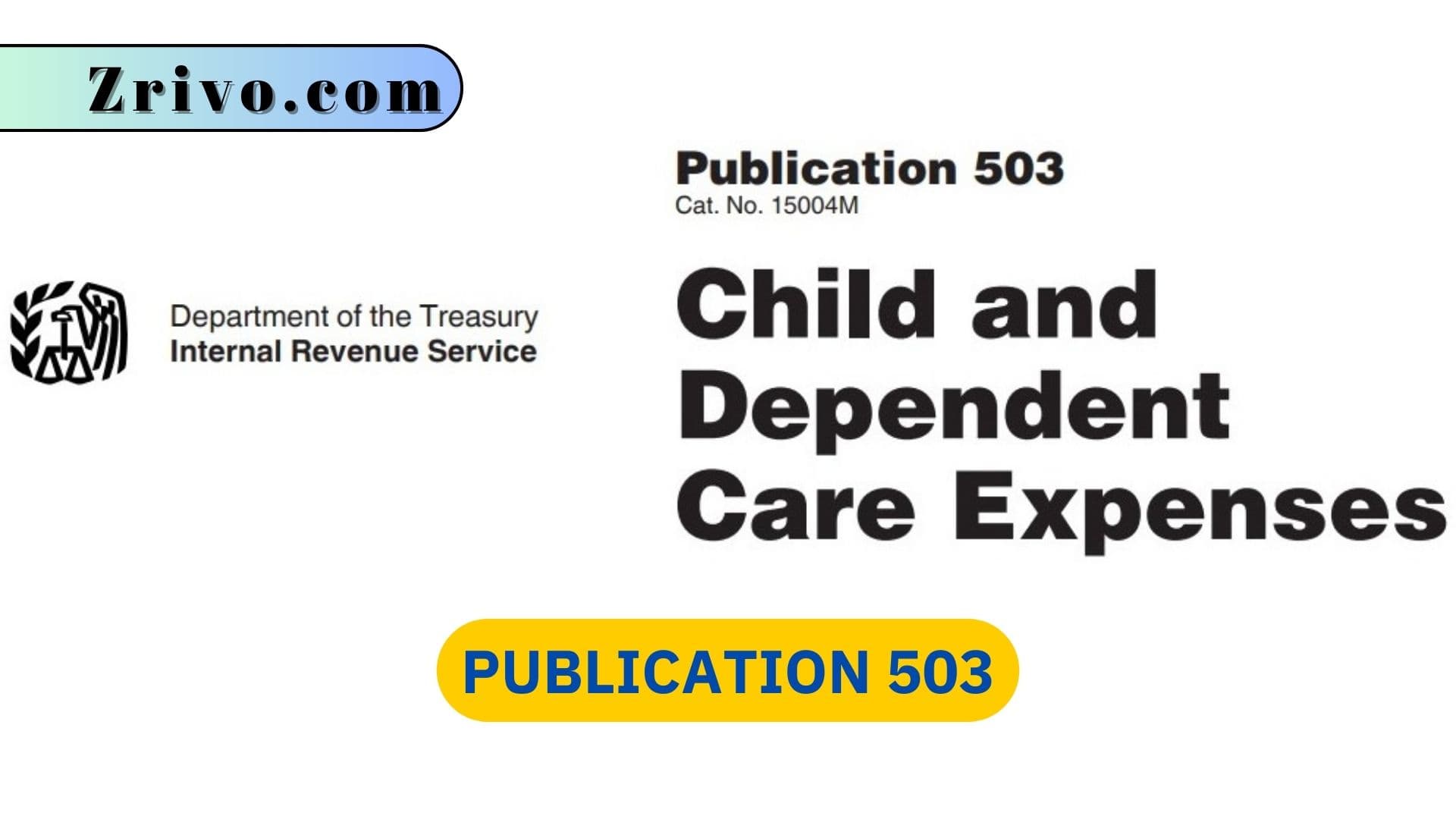
Publication 503 is a valuable resource for taxpayers that outlines the specific parameters of qualifying child and dependent care expenses. As the IRS recognizes that balancing work and family responsibilities is challenging, it established the Child and Dependent Care Credit to alleviate some of the financial burdens associated with caregiving and encourages workers to remain gainfully employed while also caring for their children and/or disabled dependents.
Though Publication 503 provides important guidance on which care-related expenses are deductible, it should be used with caution as it does not account for the differences in requirements that must be met for expenses to be reimbursed by health FSAs, HSAs, HRAs, or covered on a tax-favored basis under other group health plans (e.g., employer-sponsored medical). It is also written primarily to help taxpayers determine whether expenses qualify for the DCTC, which is different from the rules regarding reimbursement of DCAP expenses.
As such, taxpayers should review this publication in conjunction with a qualified tax professional to ensure that their eligibility for deductions and credits is maximized. By doing so, they can better navigate the complex tax landscape and minimize their exposure to costly penalties. As a result, utilizing this valuable IRS resource can make all the difference for individuals and families seeking to balance their work and home lives.
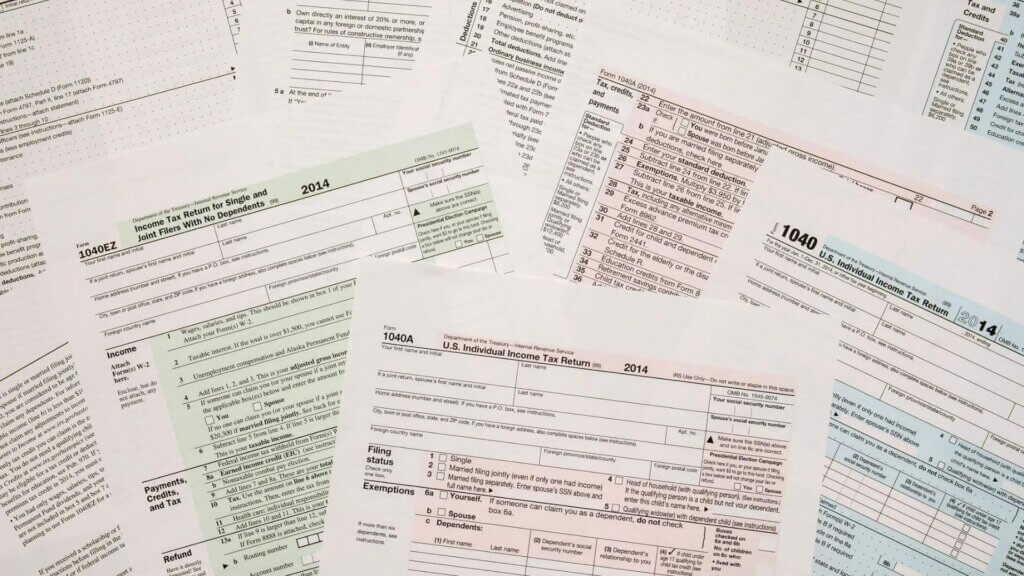
Publication 503 and Publication 202
The IRS created Publication 503 to address the intricacies of dependent care expenses. The publication offers valuable insight into the tax obligations and opportunities for individuals who incur such costs. It also provides a clear, comprehensive explanation of the qualifying parameters of these expenses, which may include amounts paid to daycare centers, babysitters, and summer camp providers. The financial burden of such expenses can be a significant disincentive to working or seeking employment, and the Child and Dependent Care Credit aims to counteract this obstacle by reducing the taxes payable by those who incur such expenses.
It is important to note that Publication 503 differs from Publication 202 in that the former explains what constitutes an itemized deduction for medical expenses and, thus what may be reimbursed through health flexible spending accounts (FSAs), health reimbursement arrangements (HRAs), or qualified small employer group health plans (QSEGHPs). In contrast, Publication 503 is written primarily to explain the tests that must be met in order for expenses to qualify as a dependent care expense and for taxpayers to claim the DCTC on their return.
